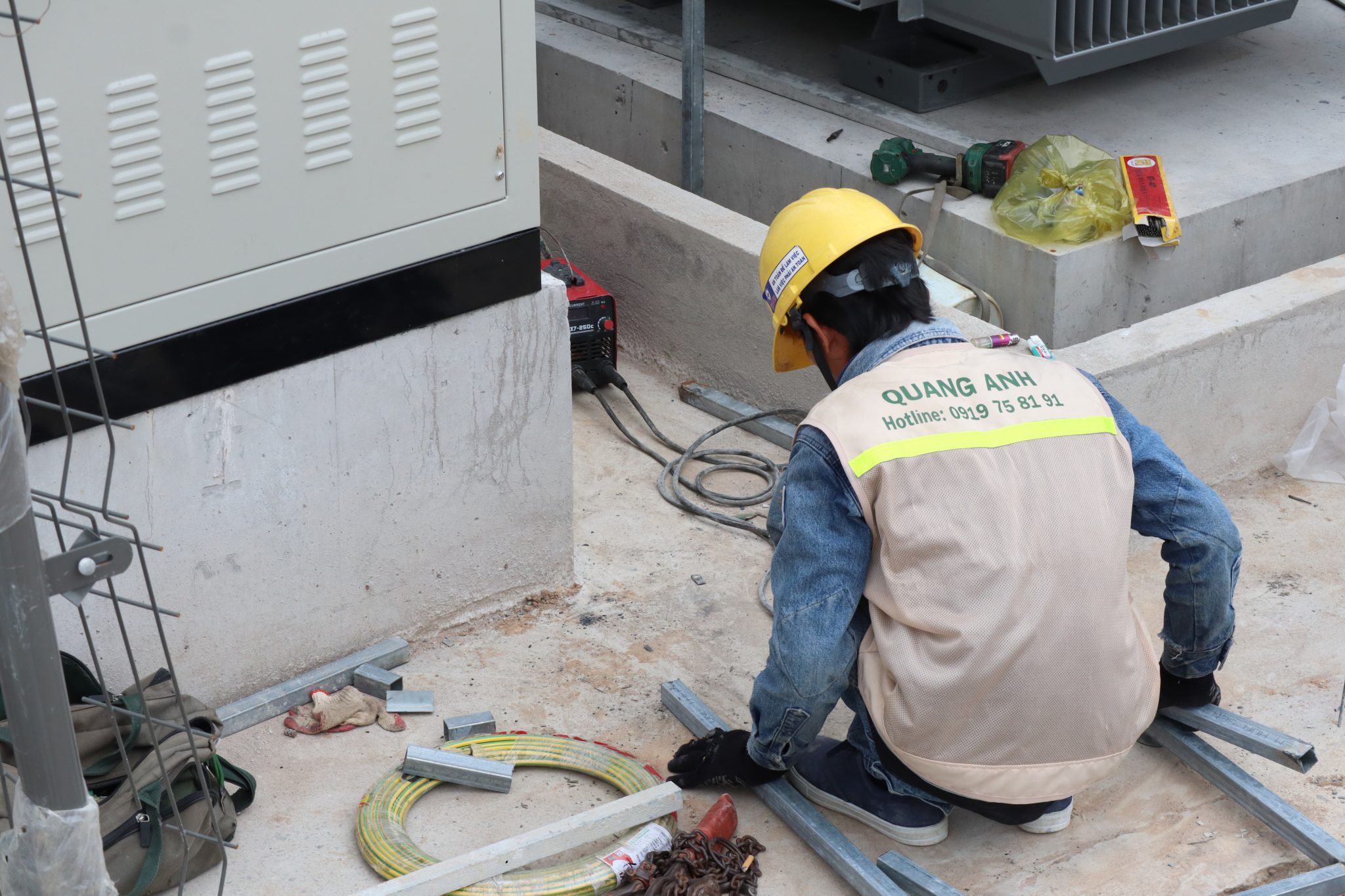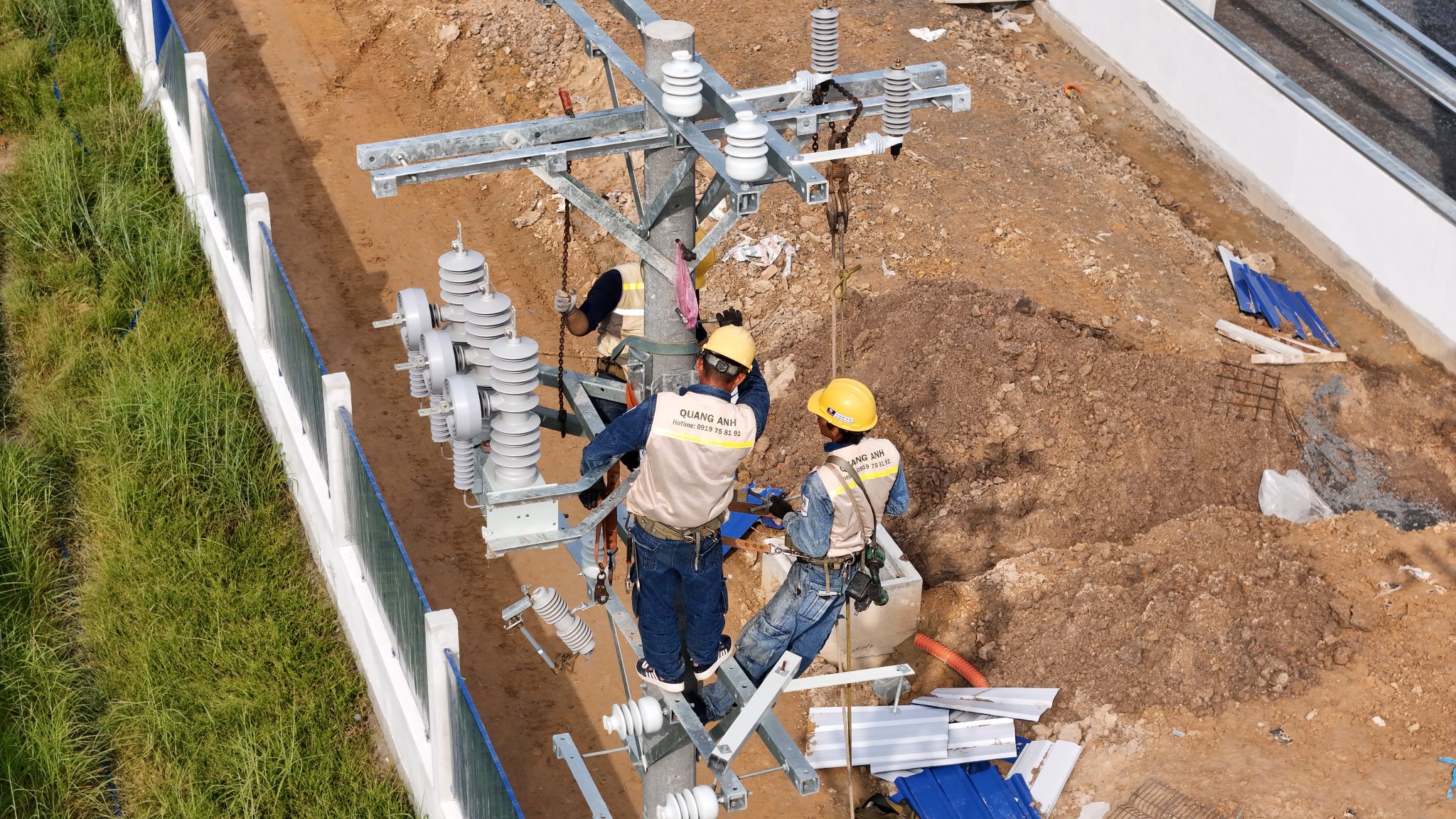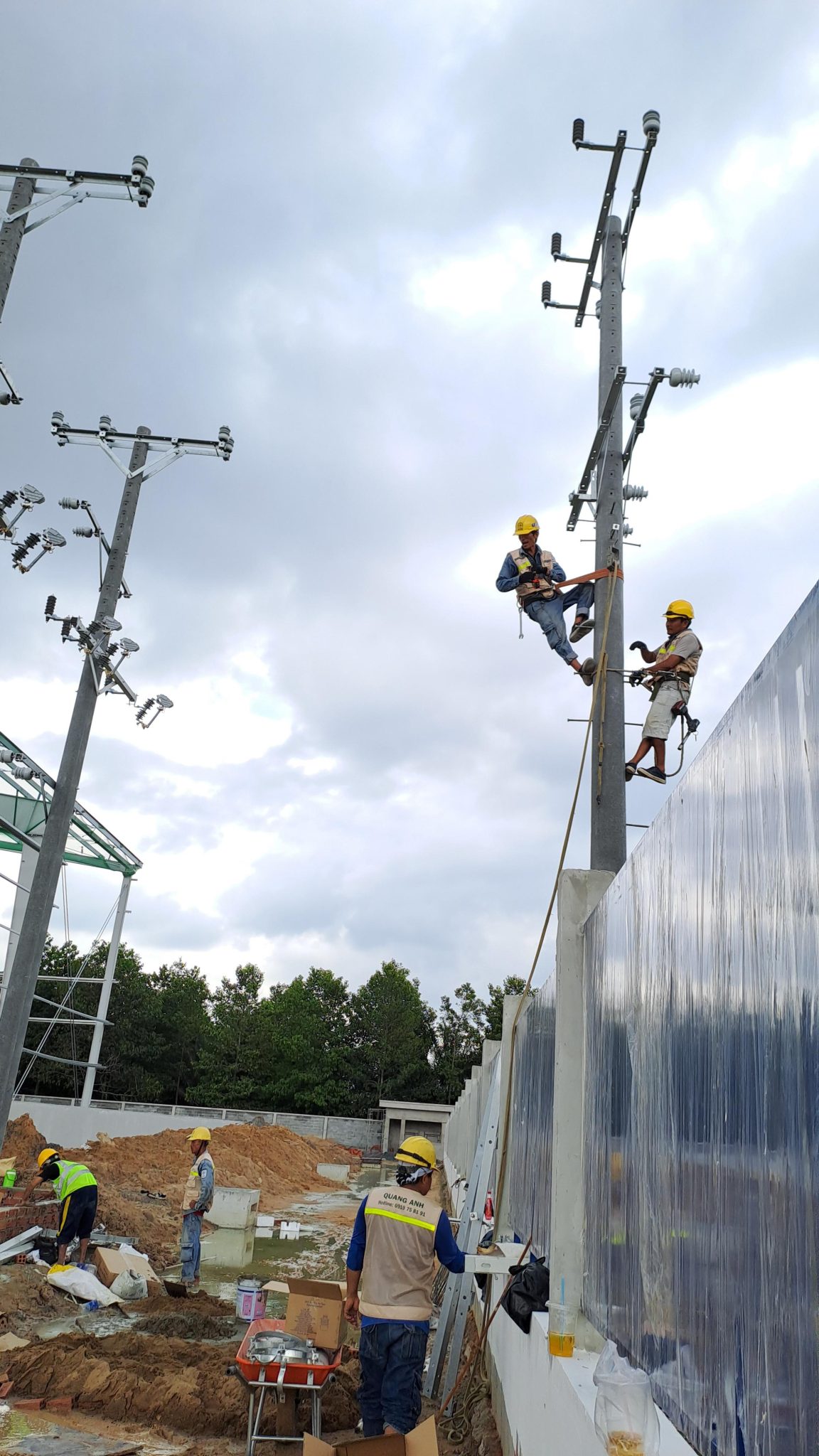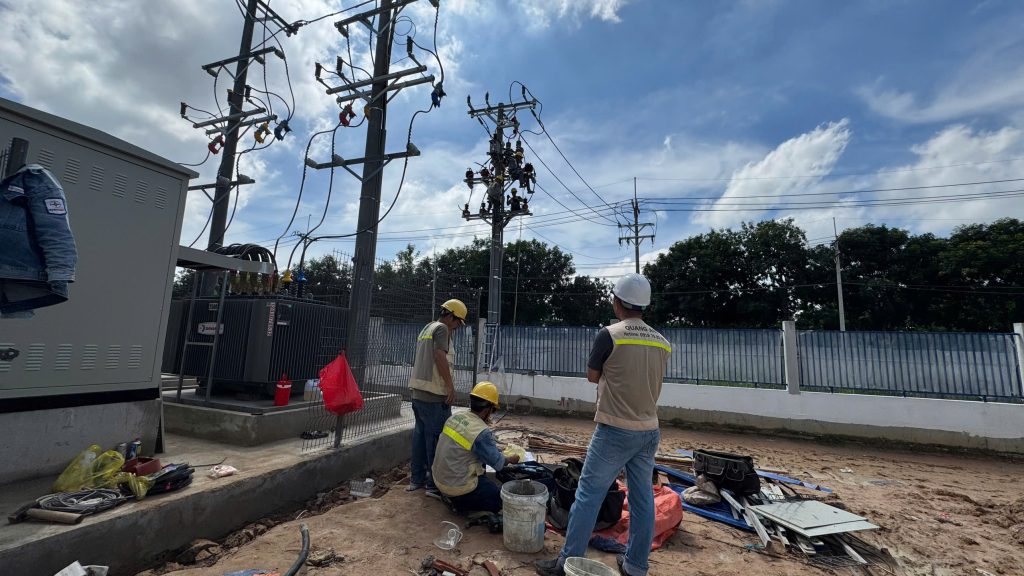News
Transformer Station Upgrades: Importance and Benefits
Upgrading transformer stations is an important process to ensure the system’s ability to meet increasing electricity demand, while improving the efficiency and reliability of the electrical system.
Reasons for Upgrading Transformer Stations
Upgrading transformer stations becomes necessary when businesses look to expand production or when infrastructure in residential areas is increasing. The current station may not have enough capacity to meet demand. To ensure the improvement of the electrical grid, the Ministry of Industry and Trade recommends upgrading the grid from 15KV to 22KV, reducing transmission losses and improving power quality.
Upgrading the transformer station is a crucial step in meeting growing energy demands and optimizing the electrical performance of the system. Below are important reasons for this improvement:
1. Meeting Increasing Energy Demand
Energy demand continues to rise as businesses and industrial parks expand production. In this context, the existing transformer station may become overloaded. Upgrading not only helps to reduce the load but also limits voltage drop, a common issue in old electrical systems.
2. Optimizing Performance and Cost Savings
Upgrading the transformer station improves power efficiency, minimizes energy loss, and saves operating costs. This not only increases the stability of the system but also ensures continuous power supply for business operations.
3. Protecting the Electrical System and Extending Lifespan
Upgrading reduces risks of incidents and extends the lifespan of electrical equipment. Regular maintenance of transformers, reclosers, circuit breakers, and other devices is essential to maintain optimal performance.
4. Adapting to New Regulations
According to new energy regulations, upgrading the grid from 15KV to 22KV not only reduces transmission losses but also enhances overall power quality, aligning with current industry standards.
These improvements play a crucial role in maintaining stable and efficient business operations. Ensuring that electrical systems always operate under optimal conditions not only meets economic needs but also protects investment in infrastructure.

Process of Upgrading Transformer Stations
The upgrade process begins with detailed planning, including inspection, maintenance, and equipment replacement. New transformer equipment must be carefully selected to match changing power needs. After developing the plan, the upgrade will be implemented through necessary adjustments as per the plan.
Survey of Current Transformer Station
Surveying the current state is the first step in the ‘Process of Upgrading Transformer Stations’. The goal is to assess the capacity, equipment status, and related factors. This includes a comprehensive check of devices, especially transformer equipment, and inspections of subsystem supports such as grounding and lightning protection.
Planning the Upgrade
After completing the survey, the next step is to create a specific upgrade plan. The goal is to align with needs and technical standards. This plan includes selecting new transformer equipment or deciding to replace outdated parts to ensure effective operation[5].
Construction and Renovation
The construction process is the most important step in upgrading the station. This is the moment to implement the whole plan to enhance the capacity and performance of the transformer station. The tasks include upgrading or replacing transformers and improving the control system. Choosing appropriate fuses also plays a significant role in protecting transformer equipment from overload[1].
Testing and Acceptance
After construction, testing and acceptance are mandatory to ensure the transformer station operates stably and meets technical requirements[5]. Ensuring that the system has reached optimal performance and safety.
Maintenance and Technical Support
Finally, periodic maintenance of the transformer station and continuous technical support are necessary to guarantee the system’s longevity and efficiency. Providing maintenance services and technical support not only maintains but also enhances the operational efficiency of the transformer station[5].
Ensuring Safety During the Upgrade Process
Full compliance with safety standards is an essential part of the upgrade process. Safety measures must be strictly implemented, from isolating the area to using personal protective equipment, to protect personnel and equipment throughout the upgrade.

Benefits and Considerations when Upgrading
Upgrading transformer stations provides many benefits such as stable power supply, minimizing blackout risks, and optimizing electrical system performance, saving operating costs. To upgrade effectively, needs must be analyzed to select quality capacity and equipment, ensuring regular maintenance to maintain operational efficiency.
The upgrade brings considerable benefits, from increasing property value to improving energy efficiency. Renovation is not merely a financial solution but also helps stabilize electrical systems and improve living environments. When upgrading, some prominent benefits include:
-
Increasing property value: Upgrading the electrical and current structure can help increase real estate value, facilitating higher sale or rental prices.
-
Improving function and space: The renovation aims to improve usability and enhance the function of the electrical system, such as enhancing technical rooms for electrical performance optimization.
-
Cost-effective compared to new construction: The cost for renovation is often lower than completely new construction, especially effective when only small parts need upgrading, optimizing long-term operation budgets.
-
Environmental protection: Reusing and recycling old materials helps reduce waste and saves energy, providing significant environmental benefits.
-
Enhancing energy efficiency: Implementing energy-saving solutions, like renewable energy, improves overall electrical efficiency and reduces long-term operation costs.
-
Enhancing aesthetics and usability: Upgrading also delivers a new appearance for projects, while creating efficient living and working spaces.
To optimize the benefits of upgrading, pay attention to key factors such as:
-
Assessing the current situation: Conduct thorough surveys and assessments of the electrical system’s structure and technique to determine the level of needed improvement, avoiding unforeseen risks.
-
Choosing suitable solutions: Select an appropriate upgrade method that suits practical needs and budgets, avoiding overspending on unnecessary items.
-
Compliance with legal regulations: Ensure current regulations and technical standards are met, ensuring the project’s safety and sustainability.
-
Calculating costs and time: Develop detailed plans on budget and time to manage the renovation process well and avoid activity disruptions.
-
Minimizing environmental impact: Apply measures to protect the environment, such as dust reduction, noise control, and proper construction waste management.
-
Ensuring labor safety: Employ measures to ensure worker safety to maintain schedule and safety during construction.

Upgrading transformer stations not only improves the reliability and efficiency of the electrical system but also protects the investment and long-term strategy of the business. Accurate upgrades meet power needs and modern grid standards.
To learn more about effective transformer station upgrades, contact QuangAnhcons at Hotline: +84 9 1975 8191.
QuangAnhcons provides comprehensive transformer station upgrade services, from solution consultation to installation, ensuring high quality and reliability.

 Tiếng Việt
Tiếng Việt 简体中文
简体中文 Deutsch
Deutsch 日本語
日本語 한국어
한국어 ไทย
ไทย Русский
Русский Français
Français
